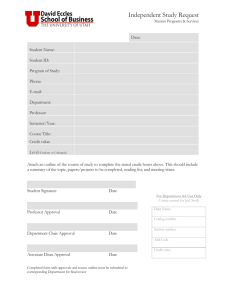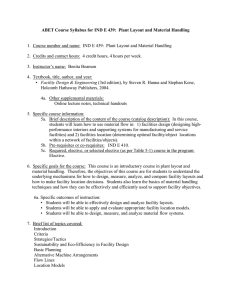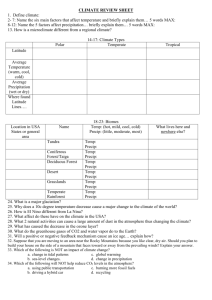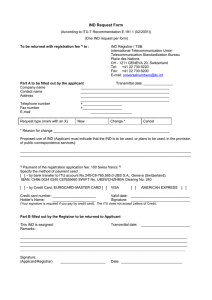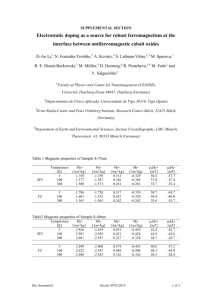Changes in the hydrological cycle and tropical precipitation under global warming
advertisement
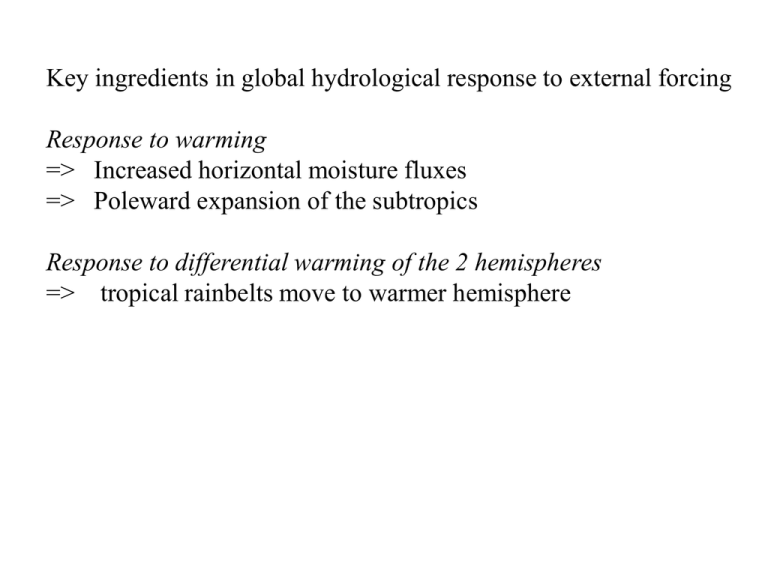
Key ingredients in global hydrological response to external forcing Response to warming => Increased horizontal moisture fluxes => Poleward expansion of the subtropics Response to differential warming of the 2 hemispheres => tropical rainbelts move to warmer hemisphere Percentage change in precipitation by end of 21st century: PCMDI-AR4 archive White areas => less than two thirds of the models agree on the sign of the change PCMDI/IPCC % increase in midlatitude maximum in poleward flux of vapor vs global mean temperature Precipitation and evaporation “Aqua_planet” climate model (no seasons, no land surface) Instantaneous precip (lat,lon) Time means One can see effects of poleward shift of midlatitude circulation And increase(!) in strength of Hadley cell Equilibrium 2x 21st century A1B 20th century r2=0.72 r2=0.85 Sarah Kang, Princeton Aqua planet/slab ocean Model A: Frierson et al 2006 -- idealized moist GCM (no clouds -- water water vapor feedback) Model B: AM2 Idealized GCM with different convection schemes A parameter in the convection scheme is varied continuously in each model Idealized GCM: Modified Betts-Miller relative humidity to which one relaxes when convecting AM2: Relaxed Arakawa Schubert minimum allowed entrainment rate Compensation at equator AM2 Idealized GCM AM2 AM2 IGCM IGCM IGCM AM2 For the idealized GCM: A simple energy balance model with diffusion of moist static energy, fitting the diffusivity to the symmetric control, predicts compensation of 20-30% The tropical precipitation response is determined by 1) The degree of compensation 2) The gross moist stability Increasing RH decreases gross moist stability but not compensation Solid: idealized GCM precip response at 7S Dashed: fit assuming degree of compensation and gross moist stability Increasing RH Fraction of rain in ITCZ that falls as “large-scale” precip in AM2 Latitude of precip max => Interesting benchmark for GCMs Compensation at equator In AM2 Degree of compensation strongly dependent on Entrainment limiter Why? Cloud feedback and water vapor feedback Single realization of CM2 (greenhouse gases; aerosols, solar, volcanoes, land use) Mean of 8-member ensemble Range of SRES scenarios Sahel summer rain: (1980-2000) minus (1960-1940) (mm/month) 8 member ensemble Observed annual mean precipitation trend 1950-2000 Simulated annual mean precipitation trend in CM2 1950-2000 +2K SST perturbation: annual mean precip GFDL CM2 NCAR CCSM QUMP: 129 different mixed layer models (courtesy of Matthew Collins, Hadley Center) % Sahel precip response to 2xCO2 CM2.0 Ind NA Regress: P(%) = I * Ind + N * NA = U * Ind + N * (NA – Ind) (U=I–N) Ind => Stabilization of troposphere? NA => ITCZ displacement? Moisture supply? Regressing observed rainfall vs observed Ind and NA => P = - 0.12 Ind + 0.38 (NA - Ind) Observed evolution of Ind and NA - Ind, 11yr running means 1954 1940 1919 1975 1985 SW override experiments (Jian Lu) Want to study how change in absorbed SW at surface affects precip But: take two realizations of same model and override absorbed SW of one with the absorbed SW from the other => big difference So: change in precip dP due to 2K increase in SST = dP due to change in SST with fixed uncorrelated SW (small) +dP due to change in uncorrelated SW (wrong sign) +dP due to difference in effects of correlation at different SSTs + dSST; fixed uncorr SW + Decorrelation at 2K + d(uncorr SW); fixed SST - Decorrelation in cntrl
